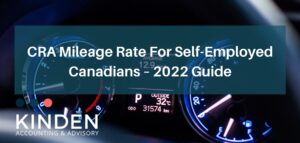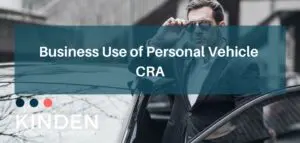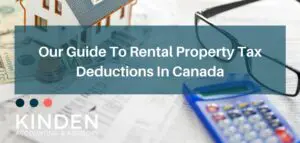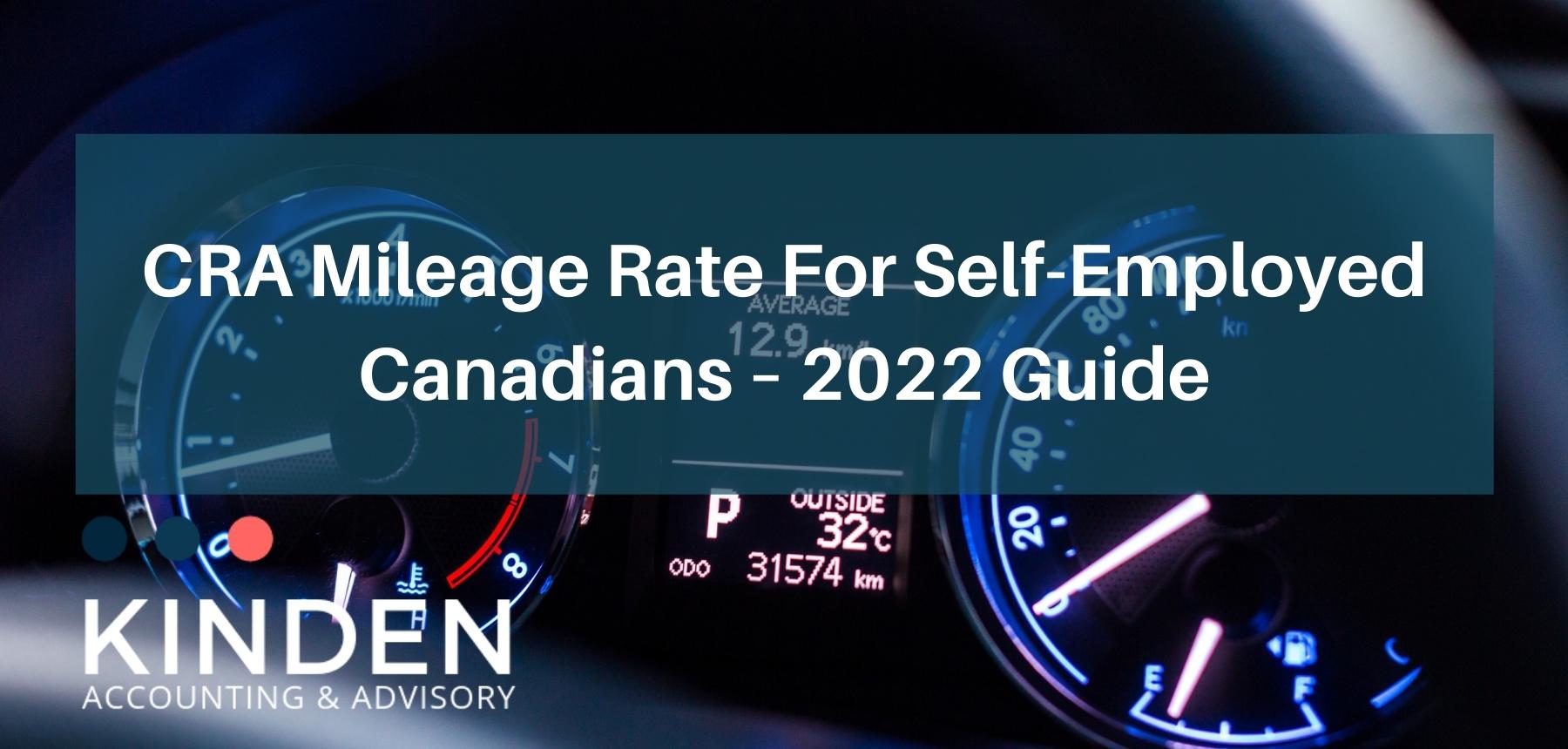
The trend of being self-employed has boomed during the pandemic. With millions of cutbacks and some of the highest unemployment rates recorded in centuries, many realized that job security is no longer a thing.
This has motivated millions of people across the world to work for themselves rather than someone else. Whether it be working odd jobs or freelancing for highly specialized projects ‘remote working’ seems to be a trend that is here to stay.
If you are a small business owner or someone who is self-employed you would know first-hand just how difficult managing both your personal and business finances can be. For example, if you use a vehicle for both personal and business use how much of that vehicle expense should be accounted for towards your business?
Let’s say you are earning subliminal income from sources such as SkipTheDishes or DoorDash. Or maybe you are a full-time Uber driver or contractor. How would you calculate your actual return on earnings made? How would you then justify those earnings while filing your taxes?
To get answers to all of these questions and more we have compiled a comprehensive guide on how to calculate CRA mileage rates for those who are self-employed and how that can impact their tax returns at the end of each fiscal year. Moreover, the guide will also help you understand how CRA deductions work.
If Accounting just isn’t your thing and you would rather have a professional handle these matters. Contact Kinden CPA today and let us help guide you towards a more profitable and sustainable future.
What Is The CRA Mileage Rate For Business?
The current CRA mileage rate for businesses in 2022 stands at $0.61 per kilometer for the first 5000 kilometers driven. After which the rate falls to $0.55 per kilometer driven for business purposes.
If you are a self-employed contractor, for example, a technician or a delivery man your employer can choose the rate at which they reimburse mileage costs. This is important as if the agreed-upon mileage rate is lower or higher than the standard CRA automobile allowance rate, those payments can be considered as taxable income.
Alternative To Using the Automobile Allowance Rate
Logbook
As a business owner or a person who is self-employed, you can also choose to calculate the cost of operating your vehicle for business purposes using a logbook.
In order for this to work, you will need to keep a track of the distances you’re driving for your business. Keep a logbook that specifies each journey with the date, reason of the journey, and the distance traveled. At the end of the financial year, add up the total number of kilometers driven for that given financial year.
It is also a good idea to take a picture of your vehicle’s odometer at the start of the fiscal year, with a clear timestamp. Take another picture at the end of the year for good measure. This will allow you to calculate exactly how many kilometers have been driven during a year. Attach the pictures, along with the working for the total number of kilometers driven, to your logbook.
Vehicle Expense Records
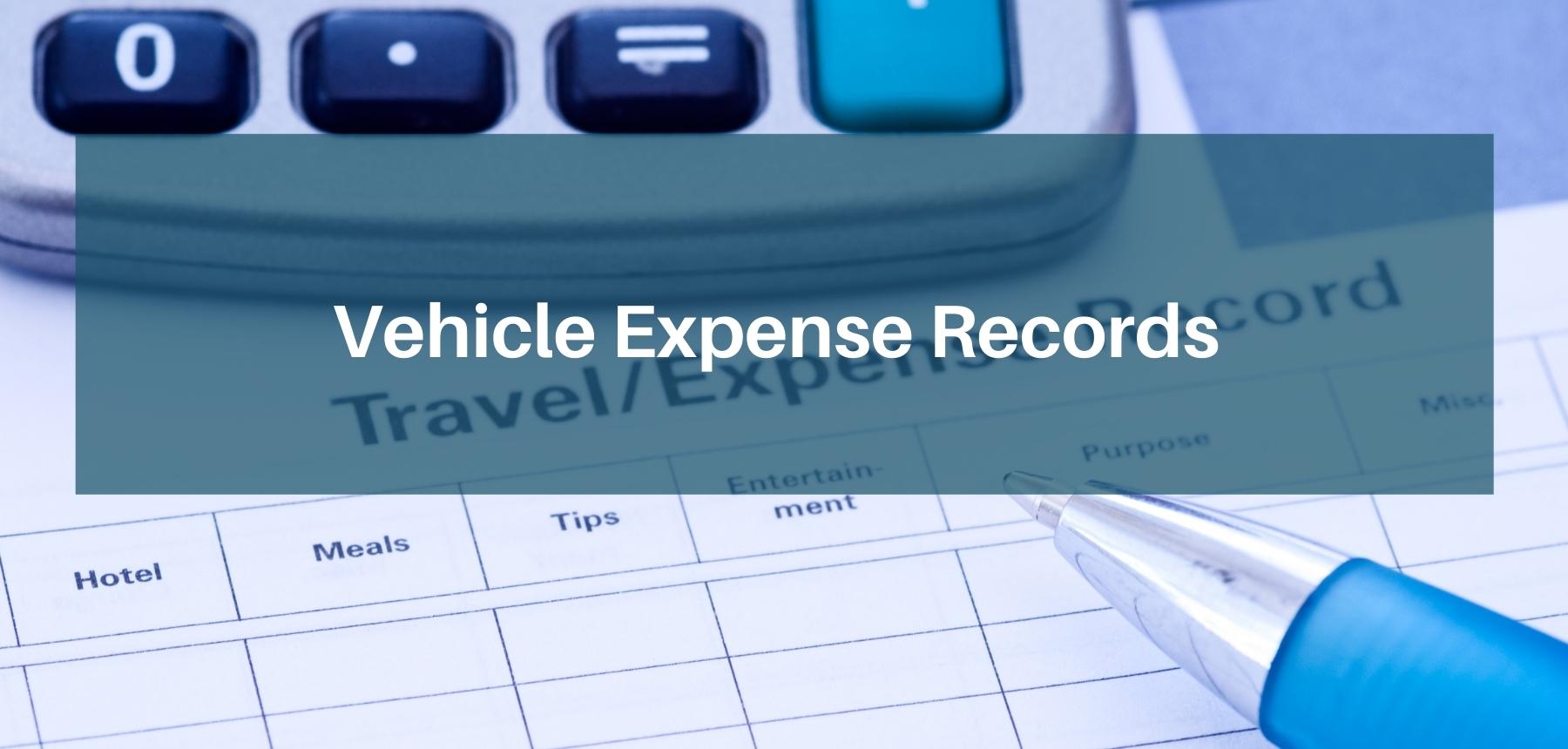
In order to be eligible for reimbursement of travel costs one would also need to keep a record of all vehicle expenses. This would include vehicle maintenance and upkeep as well as fuel costs etc. Make sure you do this with the same diligence that you would record your business revenue and expenses.
Keeping a logbook and appropriate records is important as the CRA is entitled to ask for evidence when people are filing their income tax returns. This is seen with filings by both self-employed people and working individuals. The CRA would likely want to corroborate the listed expenses and ensure the appropriate method of accounting has been used.
Using a reputable mileage tracker would certainly help your cause when filing for reimbursement. A mileage tracker with a detailed logbook and vehicle expenditure records will make your application all the stronger and likelier for approval by the CRA.
If you are a business that sees a lot of turnovers with their vehicles, or even if you just happen to change your vehicle in the middle of a financial year, then no need to worry. Just record the sale date and photograph the odometer reading of the sold vehicle on the date of selling. Make these entries into the logbook and then start record-keeping for the new vehicle in the same way as mentioned above.
How To Calculate Your Mileage Deductions & Eligible Expenses
Calculating the correct mileage deduction is fairly simple, provided you’ve been diligent with your logbooks and record-keeping. You simply divide your business mileage (the distance you’ve driven for business purposes) by the total mileage of the vehicle for the year. We would then multiply that number by the total expenses you’ve incurred on the vehicle for the year.
So, for example, let’s say your vehicle has been driven for a total of 50,000 kilometers, out of which 40,000 kilometers was business mileage. Also, let’s suppose the total expenses you’ve incurred on your vehicle for the year is $20,000. Well, in this case, your applicable deduction for vehicle expenses would be $16000.
Eligible vehicle expenses used to calculate mileage deduction include automobile license and registration fees, vehicle insurance premiums, fuel costs, maintenance costs, and repairs. If the vehicle issued is solely used for business purposes, then lease payments and corresponding interest expenses can also be included. However, there is a limit to the leasing costs which can be used for deduction purposes. The CRA website has a chart to help estimate your leasing cost deduction limit.
It is important to note that the purchase cost of a vehicle is not an eligible expense for the purposes of mileage deductions. This would fall under the framework of Capital Cost Allowances, or CCA. Not only does CCA provide you with tax relief, but it also accounts for the depreciating value of your motor vehicle over time. To learn more about this check out our guide on CCA.
Seeking Professional Accounting Advice? Kinden CPA Is Here To Help!
Being self-employed isn’t easy. There is always so much to do and learn when you are trying to make it on your own. That is why a team of professionals by your side can make all the difference. Tax matters are serious and have far-ranging implications. As such, if you have any doubts or need clarity on any aspect of your business accounting, consult with one of our Kinden Halifax Accountants today.
Based out of Nova Scotia, Canada, you would be hard-pressed to find a more committed, friendly, and fun team to work with. We can help self-employed Canadians, business owners, and contractors with bookkeeping services, taxation services, advisory services, and more.
Best of all we can do all of this online so you can focus on growing your business while we make sure you are aligned with accounting regulations and CRA guidelines.

